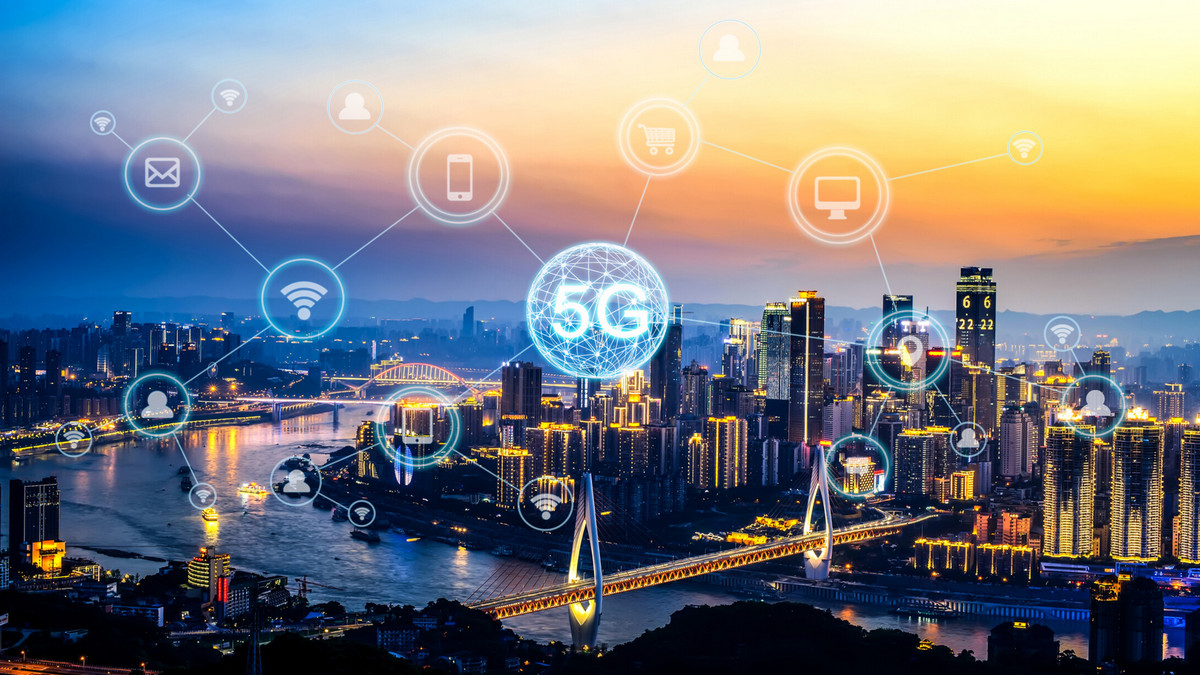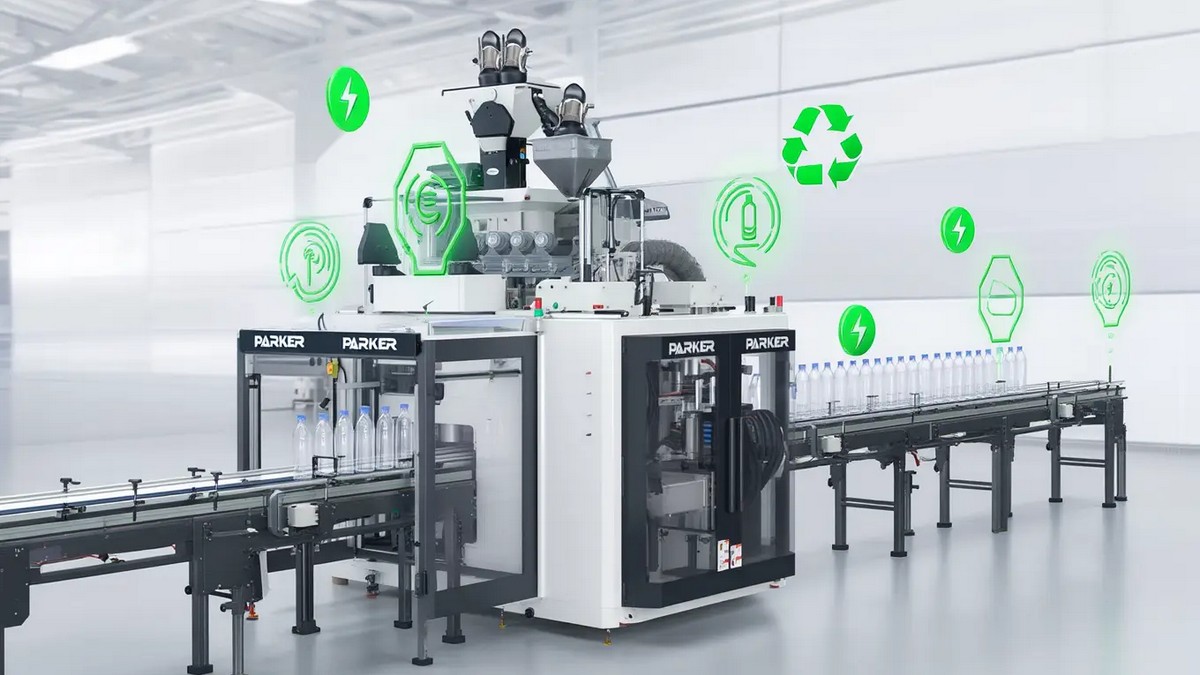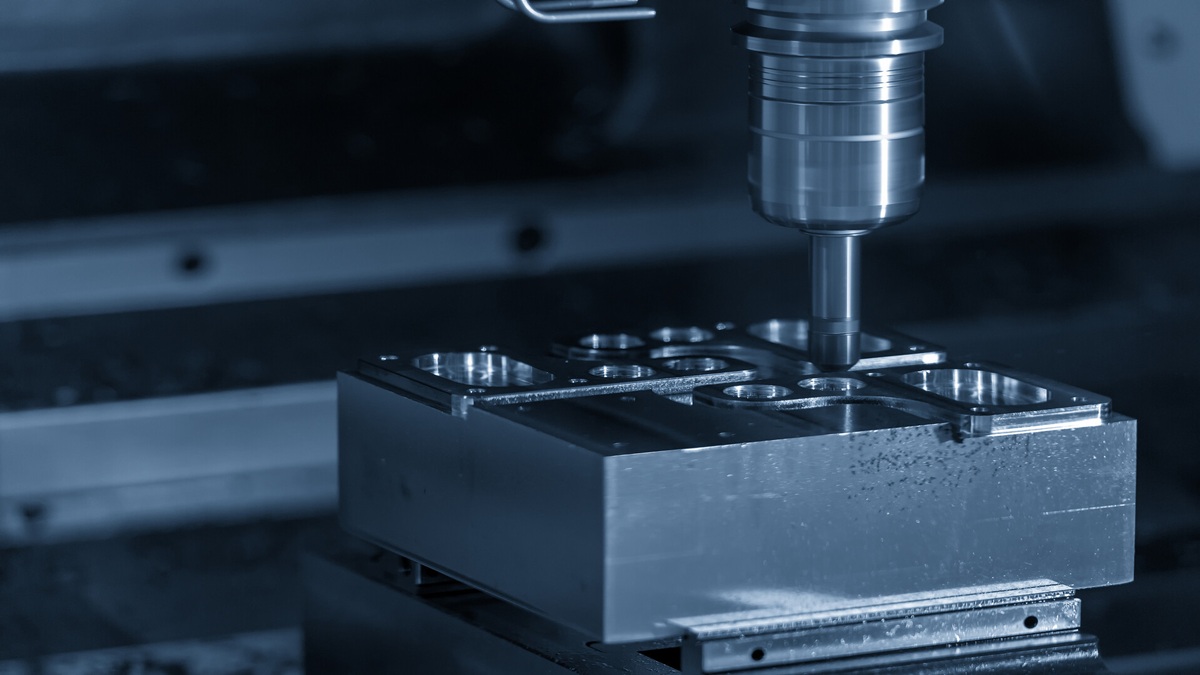As the latest advancement in mobile network technology, 5G offers unprecedented speed and connectivity. It sets the stage for a new era in the evolution of mobile networks, promising to revolutionize Information and Communications Technology (ICT) and significantly impact society at large. This impact is expected to be realized through the development of IoT applications and smart cities, thereby laying the foundation for the future of 6G.
Historical Development
The journey to 5G began with the previous generations of mobile networks, each contributing significantly to the landscape of wireless communications we have today. The first generation, 1G, introduced analog voice; the second generation, 2G, brought digital voice and SMS; 3G ushered in mobile internet; and 4G LTE provided the speeds necessary for high-definition mobile video and the initial wave of IoT connectivity.
Development of 5G technology began in the early 2010s in response to the explosive growth in data usage and the number of connected devices, aiming to provide a network that is faster, more responsive, and capable of handling an ever-growing number of devices.
Over the years, standard bodies like the International Telecommunication Union (ITU) and partnerships such as the 3rd Generation Partnership Project (3GPP) have defined the parameters for 5G to ensure it meets the increasing demand for a more connected and digitized future.
Speed and Latency
One of the greatest advantages of 5G technology is its dramatically increased speed and reduced latency. 5G networks are designed to deliver data speeds up to 100 times faster than 4G, reaching up to 10 gigabits per second. This enhancement enables high-resolution streaming, real-time gaming, and faster downloads, transforming how consumers and businesses interact with content and services.
Moreover, 5G significantly reduces latency—the delay before a transfer of data begins following an instruction for its transfer—to less than one millisecond. This substantial improvement over 4G is critical for applications requiring real-time feedback, such as remote control of devices and vehicles, and for immersive augmented and virtual reality applications.
IoT, Smart Devices, and Smart Cities
5G’s ability to connect thousands of devices within small areas significantly surpasses the capabilities of 4G networks, with support for up to a million devices per square kilometer. This advancement is crucial for the future expansion of the Internet of Things (IoT), where an increasing number of devices and sensors require reliable and simultaneous connectivity.
This capability is pivotal for the development of smart cities, where IoT devices can interconnect and communicate seamlessly to manage resources, traffic, energy systems, and much more. In smart cities, 5G can facilitate the management of everything from traffic lights and building energy use to emergency services and public transportation systems, making cities more livable and responsive to the needs of their residents.
Hardware Advancements
Several major hardware advancements have been instrumental in the development and deployment of 5G technology.
1. Massive MIMO (Multiple Input Multiple Output): This technology significantly increases the capacity and efficiency of networks by using multiple antennas at both the transmitter and receiver to enhance communication performance. Massive MIMO systems are complex as they require a lot of computing power and are large, making them initially unappealing for urban installations. However, advancements in integrating these systems more efficiently have helped overcome initial aesthetic and technical hurdles.
2. Millimeter Wave (mmWave) Frequencies: 5G networks make extensive use of mmWave frequencies, which allow the transmission of large amounts of data at very high speeds. However, mmWave signals have a shorter range and are more susceptible to interference, which has led to innovations in network infrastructure to improve signal reliability and penetration.
3. Integrated Radio Units: These devices integrate the antenna, radio, and digital processing in one unit, simplifying the 5G infrastructure and allowing for more flexible and scalable network deployments. Integrated radio units help overcome challenges related to mmWave technology by facilitating easier installation and maintenance.
4. Edge Computing: To meet the low-latency requirements of 5G, edge computing technology processes data closer to the end user, minimizing delays that occur when data is sent to and from centralized data centers. This is critical for real-time applications such as autonomous driving, remote surgery, and enhanced interactive streaming.
5. Small Cells: As part of the network densification strategy, small cell installations are crucial for extending the coverage and capacity of 5G networks, particularly in dense urban areas where large numbers of devices simultaneously require high data rates. Small cells help manage the load on the network by dividing it into smaller, manageable parts, which improves overall network performance and efficiency.
5G in Taiwan: A Pioneering Force
Driven by its robust semiconductor and electronics industries, Taiwan is one of the global leaders in 5G technology and manufacturing. The Taiwanese government has been proactive in releasing spectrum for 5G, allocating specific bands of radio frequencies for 5G networks. It encourages trials and fosters collaboration among telecom operators, device manufacturers, and academia to accelerate 5G deployment, actively integrating 5G across various sectors, including industrial manufacturing, healthcare, and transportation.
Future Outlook: Expanding 5G and Advancements in 6G Technology
As 5G technology matures, it is expected to become the backbone for emerging technologies like artificial intelligence (AI), robotics, and further advancements in the Internet of Things (IoT). These developments are anticipated to lead to new service models and enhancements in various sectors, as well as lay the groundwork for 6G.
Advancements in 6G Technology
Research into 6G technology is still in the early stages, with countries such as China, the United States, and members of the European Union investing heavily in its development. Both universities and private companies are exploring the theoretical underpinnings of 6G, including the use of higher frequency bands and new network architectures. These efforts aim to address the logistical and technical challenges that the expansive uses of 6G will entail.
Timeline for 6G
6G is expected to be operational by the 2030s, building upon the foundation laid by 5G. 6G is projected to achieve terabyte-level speeds and almost negligible latency, enhancing applications that require extreme data transmission efficiency, such as sophisticated augmented reality, high-resolution holograms, and more comprehensive artificial intelligence solutions.
The development of 6G is intended not to replace 5G but to complement and enhance it. The transition to 6G will be a gradual evolution, building on the infrastructure and ecosystems established for 5G. Current projections suggest that 6G networks could start becoming commercially available around 2030, providing ample time for 5G to mature and achieve widespread implementation across various industries.
Both 5G and the emerging 6G promise to revolutionize how we interact with the world around us. 5G is set to be the backbone of modern communication for the next decade, supporting a rapidly growing number of devices and expanding the range of applications. 6G will further enhance these capabilities.









.jpg)
.jpg)
.jpg)


.jpg)